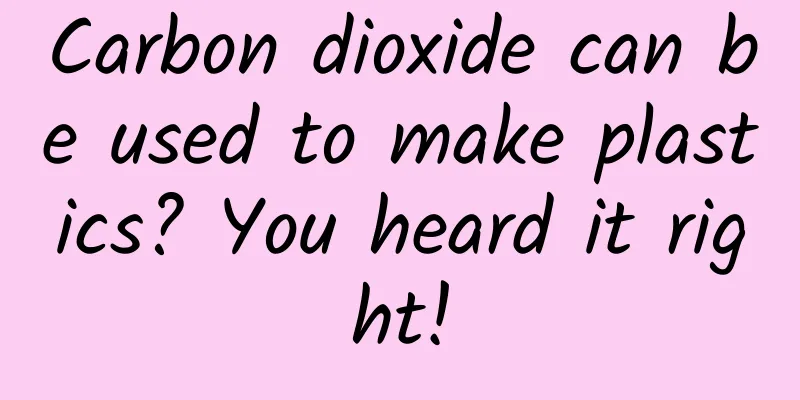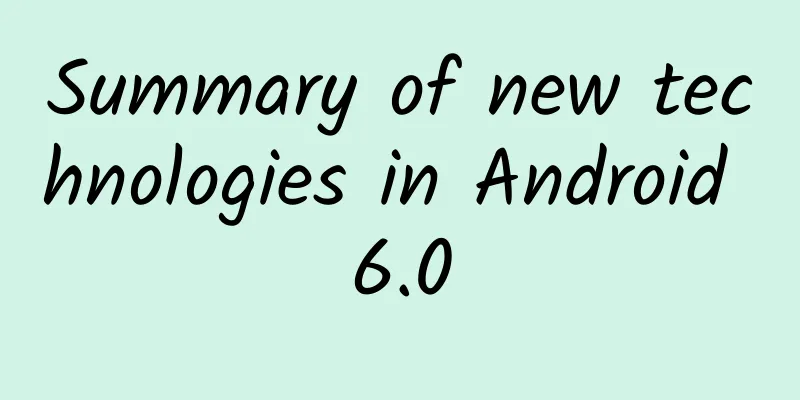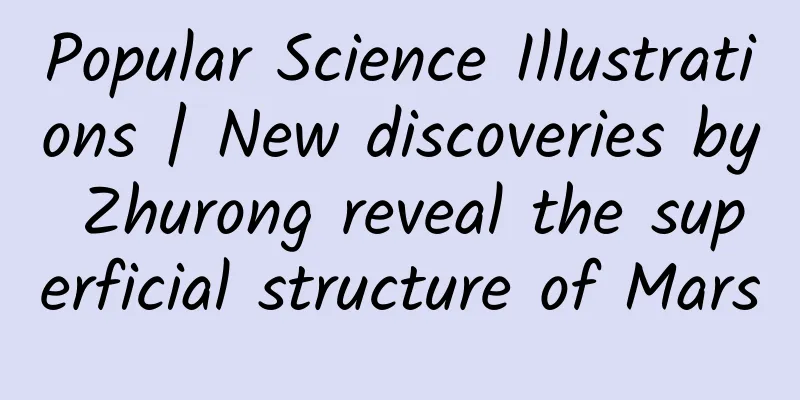Carbon dioxide can be used to make plastics? You heard it right!

|
Author: Li Chuanfu Shi Xiangqi As the global climate change problem becomes increasingly serious, how to effectively utilize carbon dioxide has become an important topic of scientific research. Previously, Chinese scientists have achieved the synthesis of starch from carbon dioxide. Recently, scientists published another breakthrough study in the journal Nature Synthesis, demonstrating an innovative method for converting carbon dioxide into bioplastics. Electrochemical CO2 reduction is a technology that uses electricity generated from renewable energy to convert CO2 into high-value products. This approach not only reduces atmospheric CO2 concentrations, but also produces useful chemicals such as acetic acid, ethanol, and n-propanol. However, the process becomes more complicated when the goal is to produce products with carbon chain lengths longer than four carbons. Biosynthetic systems are capable of converting CO2 or its derivatives into long-chain carbon fuels and chemicals, such as n-butanol and polyesters. However, when these systems are fed directly with CO2 or products of low-quality CO2 reduction reactions, their energy efficiency and carbon utilization may be reduced, which limits the economic and practical feasibility of these processes. To overcome these challenges, scientists have proposed a method to optimize the integration of electrochemical CO2 reduction reaction with biosynthesis. This method can efficiently convert CO2 into longer and higher-value carbon products. Acetate is an ideal carbon source because it can be efficiently converted into high-value products by bacteria in bioreactors. In this study, scientists developed a porous solid electrolyte reactor that can produce acetate with high selectivity and electrolyte-free. This reactor is coupled with a biosynthetic system to produce polyhydroxybutyrate bioplastics. This bioplastic is a degradable plastic that is of great significance in reducing plastic pollution. Schematic diagram of the reactor integration platform Source: Nature Synthesis The key innovation of this integrated platform is the ability to generate acetate in a biocompatible electrolyte medium, which is directly used in the biosynthetic process to produce polyhydroxybutyrate bioplastics, thereby achieving seamless integration of the two systems without the need for additional separation or pH adjustment steps. A silver-doped cuprous oxide nanocube catalyst was used in the study, which showed the ability to generate acetate with high selectivity in the electrocatalytic reaction. The selective generation of acetate during the electrochemical reduction process was achieved by the optimized silver-doped cuprous oxide catalyst. This research provides a new method for converting carbon dioxide into useful chemicals and materials. By integrating the electrochemical carbon dioxide reduction reaction with biosynthesis, scientists not only improved the efficiency of carbon dioxide utilization, but also provided an effective way to produce sustainable bioplastics. The success of this technology demonstrates the potential of interdisciplinary collaboration in solving global problems and provides us with a new perspective on carbon dioxide - it is not only the culprit of climate change, but can also be an important raw material for making useful products. With the further development and optimization of the technology, we can expect to see more innovative ways to utilize carbon dioxide and contribute to the realization of green and sustainable development. |
<<: "Cricket Pupa" Earthworm: Who says only those who stand in the light are heroes?
Recommend
How to promote and operate App?
In recent years, mobile Internet has developed ra...
8 years after Steve Jobs' death, is Tim Cook a qualified Apple CEO?
October 5, 2019, coincided with the 70th annivers...
How much does it cost to develop a nutritional product mini program in Turpan?
There are two types of Turpan Nutritional Product...
The hum of electric drills, the roar of cars, the creaking of blackboards, do you feel pain when you hear these?
The hum of electric drills, the roar of cars, and...
Do the pigments in ultra-processed foods really cause cancer?
Key Points ★ Most snacks, drinks, desserts, and i...
Home appliance repair advertising customer acquisition logic
1. Industry background The advantages of the home...
Is the traffic of mini programs counted in WeChat? Who owns the traffic of WeChat mini programs?
Q: Is the traffic of mini programs counted in WeC...
Fuli Business School·Fuli Short Video Creation Knowledge [Full Set]
Fuli Business School·Fuli Short Video Creation Kn...
GSMA: 5G's contribution to the global economy could reach $2.2 trillion by 2034
GSMA predicts that 5G will contribute $2.2 trilli...
How much does it cost to join Ningbo’s flash sale mini program? Ningbo Seckill Mini Program Franchise Price Inquiry
How much does it cost to join a flash sale mini p...
Quickly develop your own WeChat applet in two days?
Why should you learn mini program development? Wh...
The efficacy and function of honey and Ganoderma lucidum wine, the function and consumption method of honey and Ganoderma lucidum
In many people's minds, Ganoderma lucidum act...
Is this just a pile of rocks? Ningbo Lizard: Is this polite? This is my "bathing platform"!
Have you noticed some small changes in the grass ...
He was snoring like thunder, but he was sound asleep, and I couldn't stand it anymore...
If I am guilty, please let the law punish me, ins...
E-commerce operation full-year marketing activity plan layout
This sharing session is divided into three parts:...









